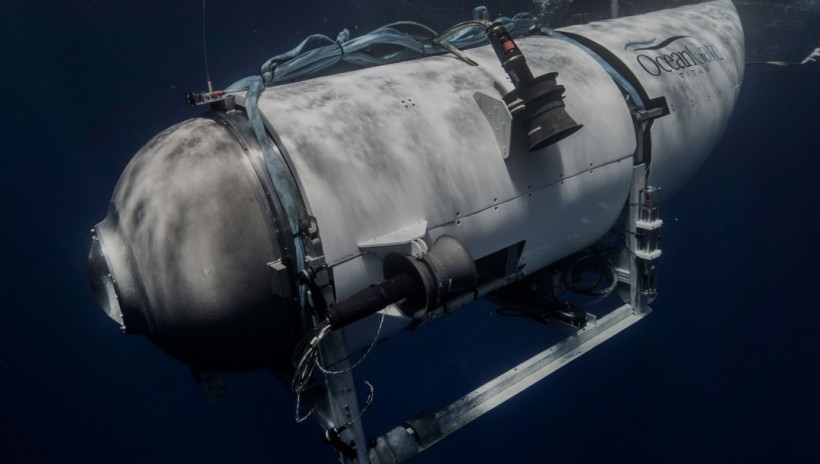Even as the chance of survival for the passengers of the Titanic submersible dwindled, rescue teams continued their search and the families of the people on board hoped that they were found safe. However, pieces of the craft have been found, indicating that the unthinkable has already happened.

Suffering a 'Catastrophic Implosion'
The whole world has been watching the progress of the rescue mission, waiting for updates on the five passengers being found. Unfortunately, grim news appeared instead, with OceanGate saying that the people on board the submersible had passed away.
US Coast Guard Rear Admiral John Mauger stated that the Titanic submersible had suffered a "catastrophic implosion." Debris from the marine vehicle had been found 1,600 feet from the bow of the Titanic wreck, according to ABC News.
The search and rescue team continues to explore the ocean for more information. Rear Admiral Mauger said that it was too early to tell when the implosion occurred. Undersea expert Pail Hankin said that they have continued to "map the debris field."
So far, five major pieces of debris have been found, which were materials consistent with the submersible, one of which was a nose cone with the other being one end of the pressure hull. With that being found, it is more than likely that the vehicle did suffer a tragic implosion.
The pressure of the ocean vastly increases as marine vehicles go deeper and even the smallest fault in the hull would lead to the submersible being torn apart. Bob Ballard, an oceanographer, stated that an implosion delivers immense force.
He described it as the "destructive process of an implosion" which "takes out and literally shreds everything." That means that the passengers passed away within seconds of the implosion, which might be a less tragic alternative than slowly running out of oxygen.
The implosion also proves that the submersible was not ready for a dive 3,800 meters below the ocean's surface, despite OceanGate claiming that the marine vehicle was able to withstand the pressure as far as 4,000 meters below sea level.
Read Also: Submersible Touring the Titanic Wreck Remains Missing
A Former Employee Warned OceanGate
Back in 2018, the director of marine operations, David Lochridge pointed out that there were issues that may lead to risks to safety. The carbon fiber used to create the hull had flaws that could become bigger tears as it goes deeper into the ocean.
When he recommended the company conduct a non-destructive test, OceanGate said it was impossible. Lochridge also claims that the company refused to pay a manufacturer to build a viewport that can withstand the pressure 4,000 meters below sea level, according to Tech Crunch.
The fact that it was the first of its kind and had an experimental design, the submersible was only certified to go 1,300 meters below the surface. As the director of marine operations, Lochridge did not authorize a manned test, wherein the company fired him in response.
The submersible was already tested out in the Bahamas wherein it was able to go under as deep as 4,000 meters. However, it already showed signs of "cyclic fatigue," resulting in its hull depth rating being reduced to 3,000 meters. Still, the company tried to reach the Titanic 3,800 meters below sea level.
Related: OceanGate's Former Employee Fired for Raising Safety Concerns About Submersible in 2018










